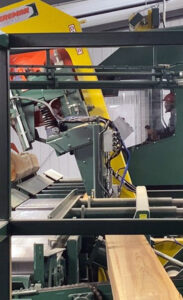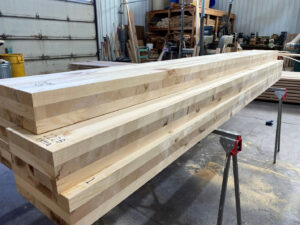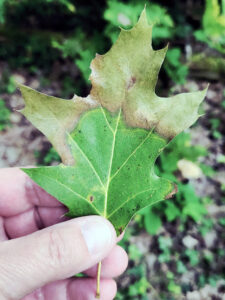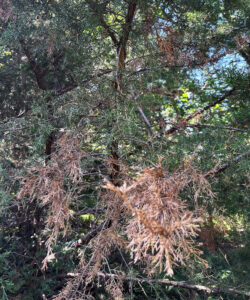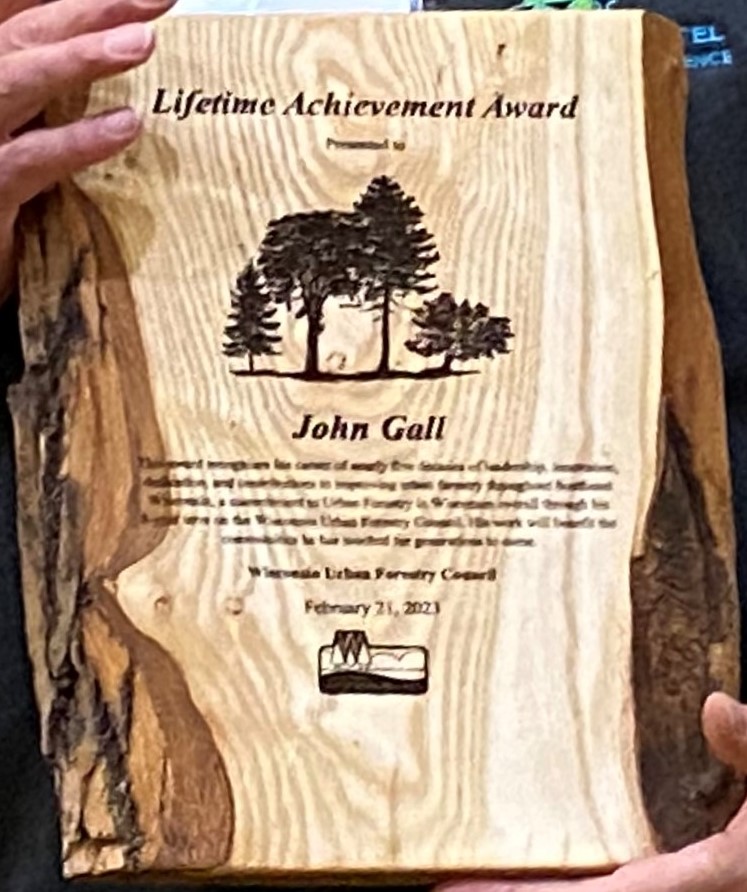
The Urban Forestry Council presents annual awards to outstanding individuals, organizations, communities and tribes that further urban forestry in Wisconsin. Awards are presented in the categories of Next Gen, Project Partnerships, Lifetime Achievement, Innovations in Urban Forestry, Leadership and Species Diversity. The awards are announced each year at the annual WAA/Wisconsin Department of Natural Resources Annual Conference and presented to winners in their community.
Continue reading “Urban Forestry Award Nominations Due Oct. 31”

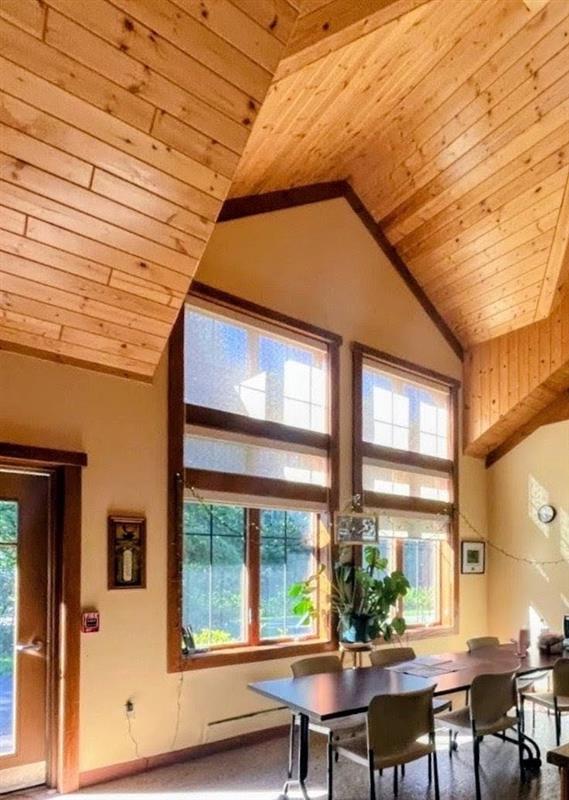 Trees grow, change and like all living things, eventually decline or die. Sometimes trees are removed from urban areas due to safety concerns, tree health or insufficient space. But when these urban and community trees are viewed not as waste, but as a valuable material resource, their story doesn’t end – it continues.
Trees grow, change and like all living things, eventually decline or die. Sometimes trees are removed from urban areas due to safety concerns, tree health or insufficient space. But when these urban and community trees are viewed not as waste, but as a valuable material resource, their story doesn’t end – it continues.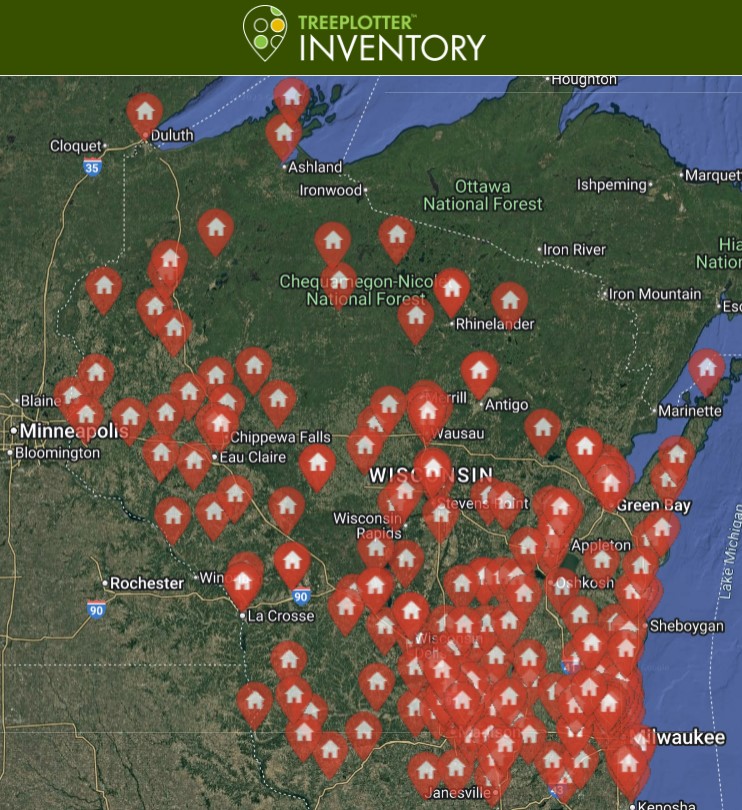 Do you have a tree inventory but have a hard time keeping it up to date? Or are you interested in inventorying trees from scratch?
Do you have a tree inventory but have a hard time keeping it up to date? Or are you interested in inventorying trees from scratch?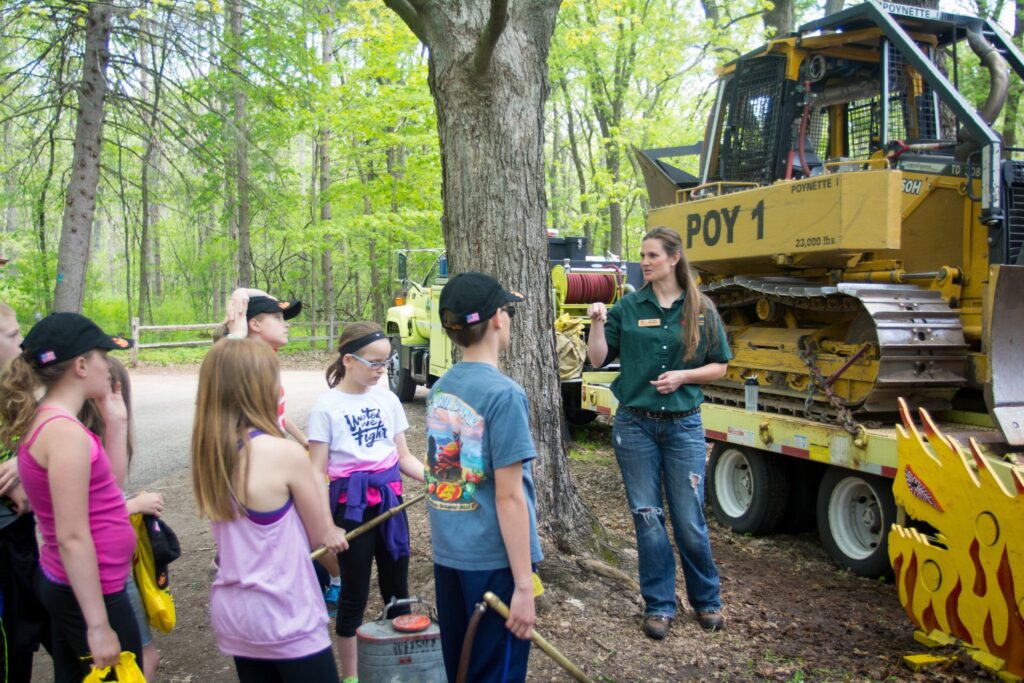 Wheels to Woods is a school to forest or forestry-related field trip transportation grant program supported and administered by the WI Society of American Foresters DEI Committee.
Wheels to Woods is a school to forest or forestry-related field trip transportation grant program supported and administered by the WI Society of American Foresters DEI Committee.